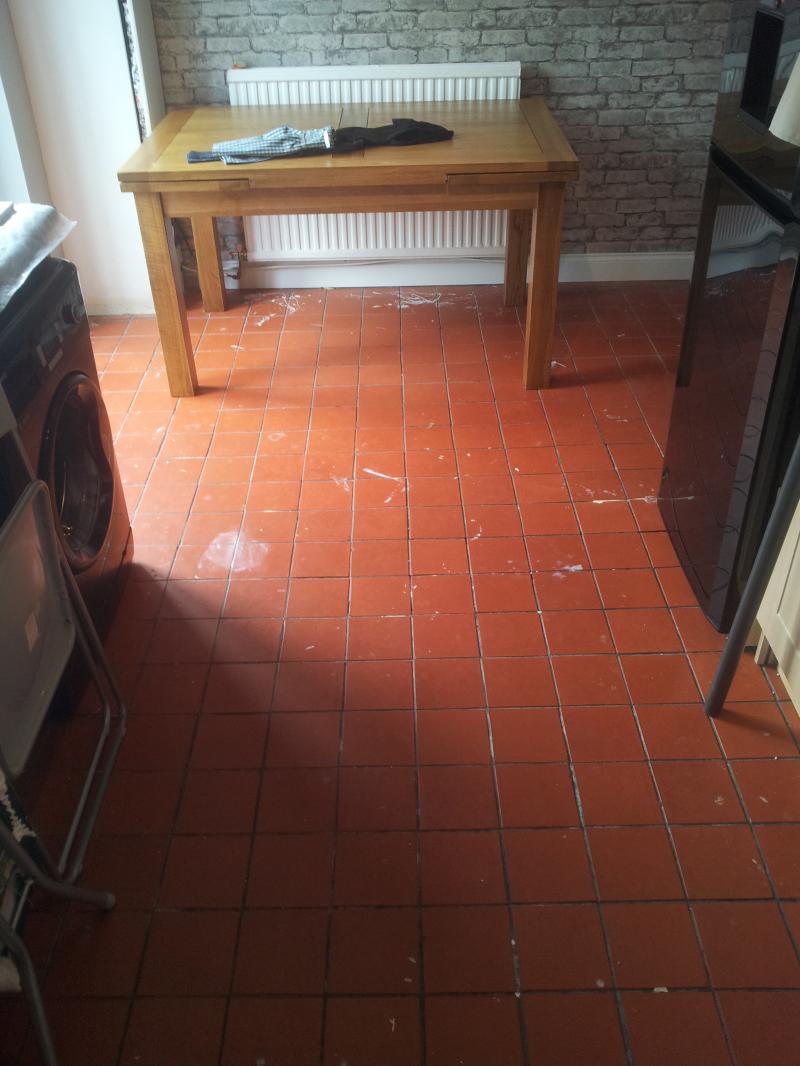Hi all 
I'd like to pick your brains regards new flooring in the Kitchen.
I am currently revamping the whole Kitchen and have now got to sort the floor out. It has as you can see quarry tiles which we hate!
We would like to maybe put vinyl in but are open to suggestions.
I'd like to add ideally we don't want to rip the quarry tiles out so was thinking of screeding over them or putting some wood down in order to cover the 4mm grout lines.
I realise the best way is to pull up the floor but as all the units are in place etc I don't want to do that.
Tiles are solid with no damp although I'd put some dpm down.
Any ideas?
I'd like to pick your brains regards new flooring in the Kitchen.
I am currently revamping the whole Kitchen and have now got to sort the floor out. It has as you can see quarry tiles which we hate!
We would like to maybe put vinyl in but are open to suggestions.
I'd like to add ideally we don't want to rip the quarry tiles out so was thinking of screeding over them or putting some wood down in order to cover the 4mm grout lines.
I realise the best way is to pull up the floor but as all the units are in place etc I don't want to do that.
Tiles are solid with no damp although I'd put some dpm down.
Any ideas?


